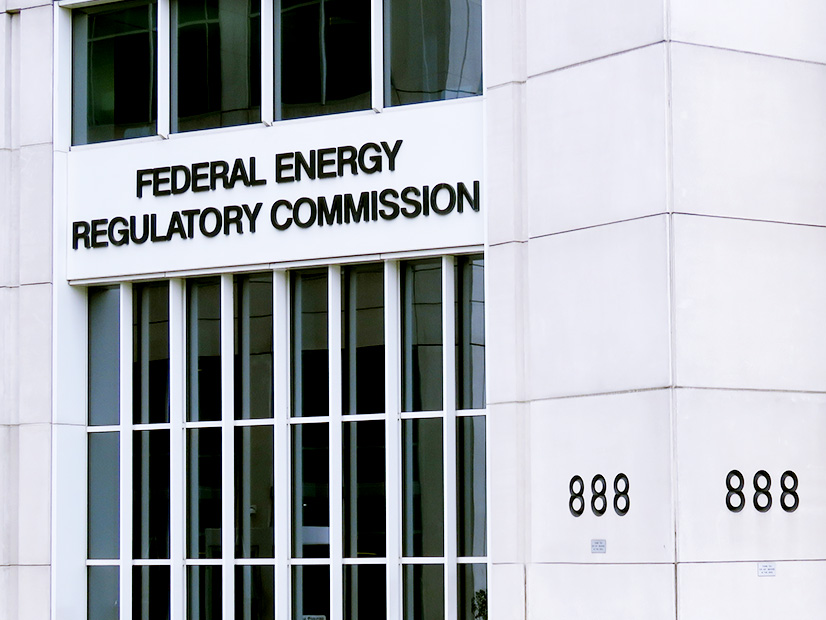FERC on Tuesday accepted the 2022 business plans and budgets of NERC, the regional entities and the Western Interconnection Regional Advisory Board (WIRAB) (RR21-9).
NERC submitted the budgets to the commission in August as required by FERC regulations. The documents are based on the revised ERO Enterprise Long-Term Strategy, approved by NERC’s Board of Trustees in 2019. (See NERC Plans Review of Supply Chain Standards.)
For 2022, NERC is proposing a total budget of $88 million, about $5.1 million higher than last year’s. Assessments are planned to increase by 8.9% to $78.3 million, with additional funding of $9.9 million to come from other sources to the tune of:
-
-
- $7.9 million in third-party funding for the Cybersecurity Risk Information Sharing Program (CRISP);
- $1.8 million for testing, renewal and continuing education fees from participants in NERC’s System Operator Certification Program;
- $76,500 for interest and investment income;
- $60,000 for services and software; and
- a miscellaneous $60,000.
-
Specific increases in the 2022 budget over last year include rises of 7.8% in personnel, 18.5% in meetings and travel, and 5.3% in operating expenses. The personnel increase comes from an addition of 10.34 full-time-equivalent employees (FTE) from the 2021 budget, while the growth in operating expenses primarily comes from about $1.6 million to be spent on office costs, consultants and contracts; these are offset by a $360,165 decrease in office rent. Budgeted fixed asset additions, including leases on information technology equipment leases, are up $1.4 million to $4.1 million.
Spending on meetings and travel is expected to rise because of “a partial return to in-person meetings” in 2021 after almost two years of entirely virtual gatherings amid the COVID-19 pandemic. NERC plans to resume limited face-to-face meetings for the Member Representatives Committee, Board of Trustees and select additional committees or groups, though for others it will continue “to leverage the efficiencies of virtual meetings.”
RE Budgets, Assessments to Rise
The 2022 budgets for the REs, and their differences from the prior year, are as follows:
-
-
- Midwest Reliability Organization: $20 million (up $1.6 million from 2021)
- Northeast Power Coordinating Council: $17.5 million (up $1 million)
- ReliabilityFirst: $26.2 million (up $1.4 million)
- SERC Reliability: $26.7 million (up $879,181)
- Texas Reliability Entity: $17.2 million (up $2.9 million)
- WECC: $29.7 million (up $1.1 million)
- WIRAB: $918,900 (down $286,600)
-
NERC plans to allocate the greatest portion of its assessment to SERC, RF and WECC, assessing the REs $23.1 million, $15.3 million and $15 million respectively. The remainder will come from NPCC, with $9.4 million; MRO, with $8.6 million; and Texas RE, with $6.8 million. Each RE’s allocation is primarily based on net energy load, adjusted based on local circumstances: for example, compliance monitoring and enforcement program and situational awareness costs in Canadian provinces. Assessments will be billed directly to load-serving entities within each RE’s footprint.




